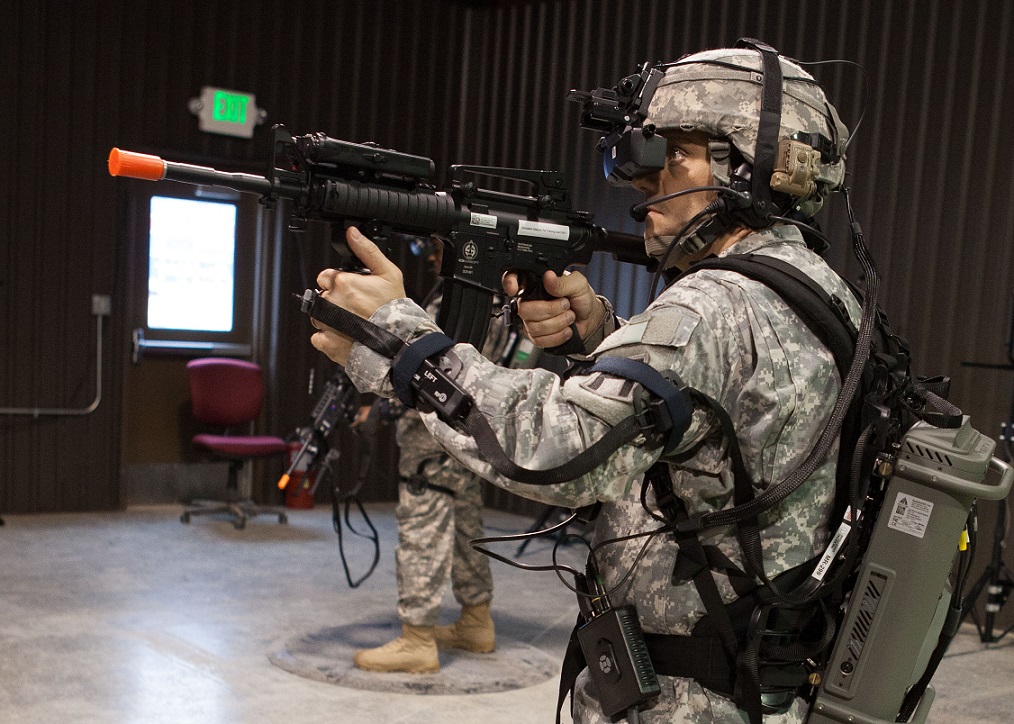This post is also available in:
 עברית (Hebrew)
עברית (Hebrew)
Continual advances in U.S. military systems make it imperative for military personnel to stay up to date with the latest changes in hardware, software and related systems. Yet pulling personnel out of the field for training is costly, time-consuming and often not possible during prolonged engagements. And it’s nearly impossible to keep up with changes for so many systems and procedures. This is where augmented and virtual reality come in.
A new FedScoop Tech Brief, sponsored by Samsung, outlines the benefits of virtual and augmented reality training, which make it possible to deliver training to troops anywhere, anytime, rather than requiring personnel to travel to training centers.
Immersive technologies are expanding the way the U.S. DoD looks at training. The DoD spends an estimated $14 billion or more per year on “synthetic” digital training — training that uses digital environments to teach and prepare personnel for real-life jobs and experiences.
The Pentagon has been reportedly looking to budget as much as $11 billion for virtual-, augmented- and mixed-reality training systems by 2022, according to fedscoop.com. Virtual reality (VR), which immerses the user in a life-like virtual environment, and augmented reality (AR), which enhances real-world views with extrasensory features such as sound, touch and visual effects, are enabling the military to move beyond traditional training simulators while improving the quality of the training itself.
Military personnel can improve their skills and knowledge using inexpensive, untethered, fully mobile gear protected by military-grade security wherever they happen to be stationed. Used in tandem with computer games, simulators and live training, immersive technologies can not only accelerate experiential learning, effectively preparing today’s tech-savvy generations for real-life situations, but they also are aiding recovery from psychological trauma for those returning from conflict. U.S. treatment centers are beginning to offer VR therapy for sufferers of post-traumatic stress disorder.


























